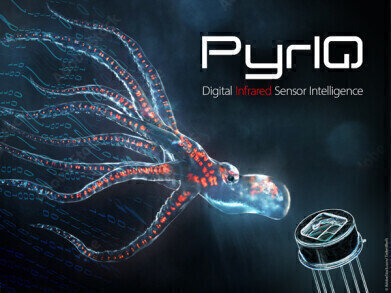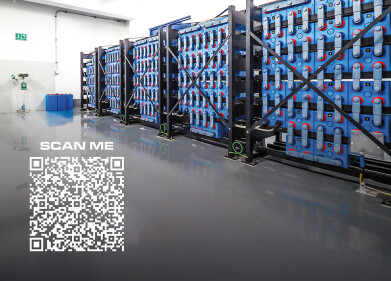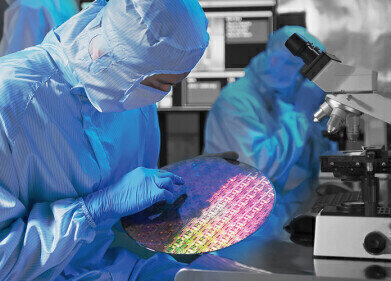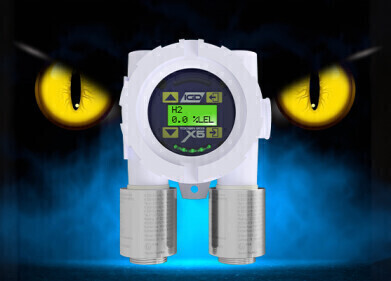Fixed gas detector
Configuration of PyrIQ Detectors - Digital Infrared Sensor Intelligence
May 09 2023
For more than 30 years, analogue pyroelectric detectors from InfraTec have been used successfully by our customers in applications such as flame detection and gas analysis. Here, pyroelectric infrared detectors are particularly suitable due to their reliability, robustness and excellent performance. With this white paper we explain the benefits of our new range of detectors featuring a built-in digital communication interface – InfraTec’s PyrIQ family.
PyrIQ detectors integrate the signal conditioning and analogue-to-digital conversion into the detector housing. This leads to simplified system integration and consequently improves the electromagnetic compatibility of the detector. Furthermore, the signal conditioning in terms of electrical amplification and filtering can be adjusted flexibly – per channel – at any time and is not fixed by discrete components.
This white paper is intended to help you find a suitable PyrIQ-configuration for your application by following a “good practice”-strategy as well as stating the effects and potential drawbacks for all available PyrIQ-parameters.
Signal Conditioning – A Key Feature of PyrIQ Detectors
Pyroelectric detectors are sensitive to changes of incoming infrared (IR) radiation. For a pyroelectric detector to generate a periodic signal, the impinging IR radiation needs to be modulated in a periodic manner. This periodic IR intensity modulation can be achieved by using an electrically pulsed IR source or by combining an IR source with an optical chopper.
Signal Processing in PyrIQ Detectors
A core element of InfraTec detectors with a digital interface is an application-specific integrated circuit (ASIC). This ASIC offers complete flexibility in the configuration of the detector parameters and thus allow for variable signal processing.
A core element of InfraTec detectors with a digital interface is an application-specific integrated circuit (ASIC). This ASIC offers complete flexibility in the configuration of the detector parameters and thus allow for variable signal processing.
The analogue input stage of the ASIC acts like a transimpedance amplifier which converts the small electric current of the pyroelectric sensor elements into a voltage. Subsequently, the signals can be filtered and amplified in multiple adjustable stages before the ASIC digitizes the analogue signals with a resolution of 16 bit with signal levels from 0 to 216 = 65.536 counts. After an adjustable digital low-pass filter the user can read out the signals via a standard communication interface (I²C).
The configuration options of PyrIQ parameters can be divided into two groups: system configuration and individual channel configuration.
Digital Edition
IET 35.2 March
April 2025
Air Monitoring - Probe Sampling in Hazardous Areas Under Extreme Conditions - New, Game-Changing Sensor for Methane Emissions - Blue Sky Thinking: a 50-year Retrospective on Technological Prog...
View all digital editions
Events
Apr 29 2025 Edmonton, AB, Canada
Apr 30 2025 Ankara, Turkey
May 06 2025 Nuremberg, Germany
May 10 2025 Karachi, Pakistan
May 11 2025 Vienna, Austria













_(4427399123)-(2).jpg)










